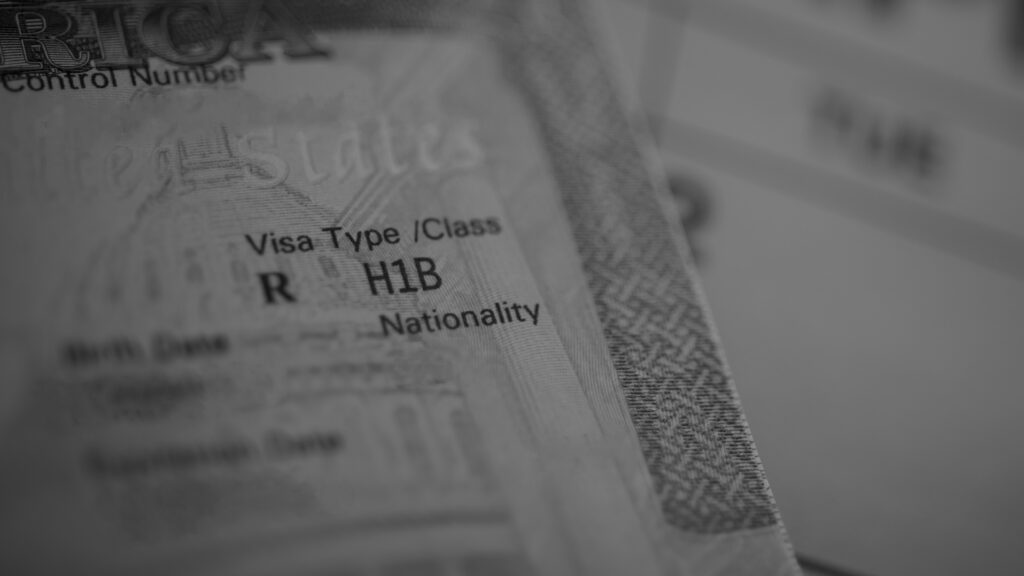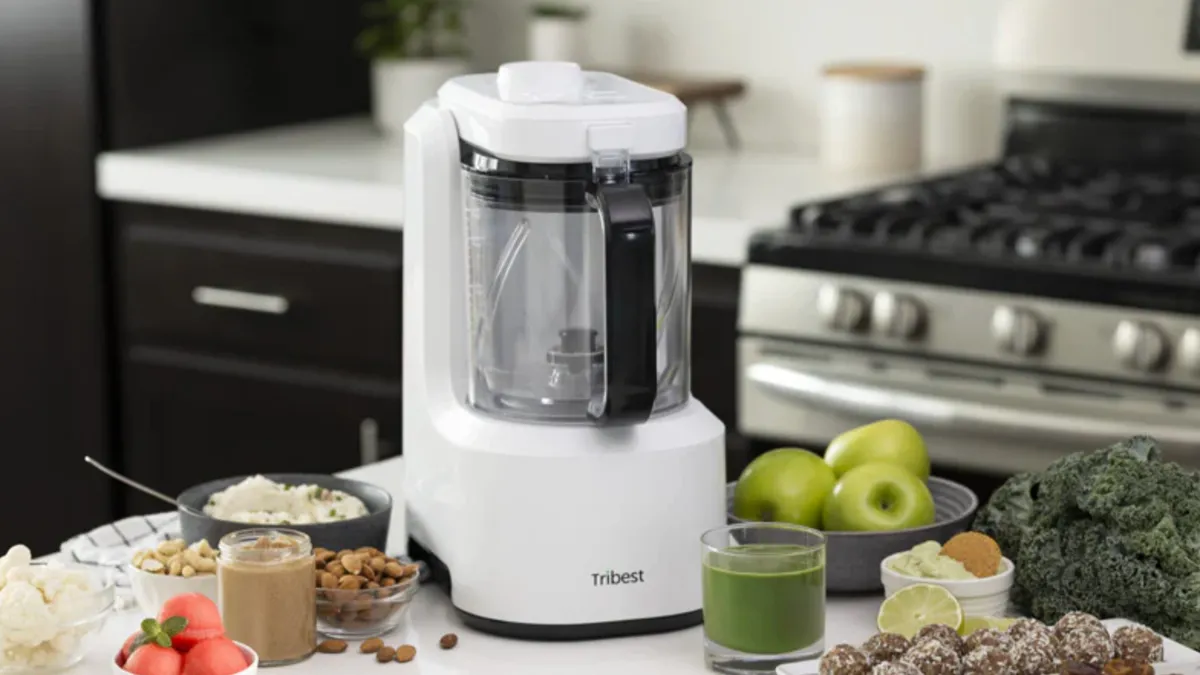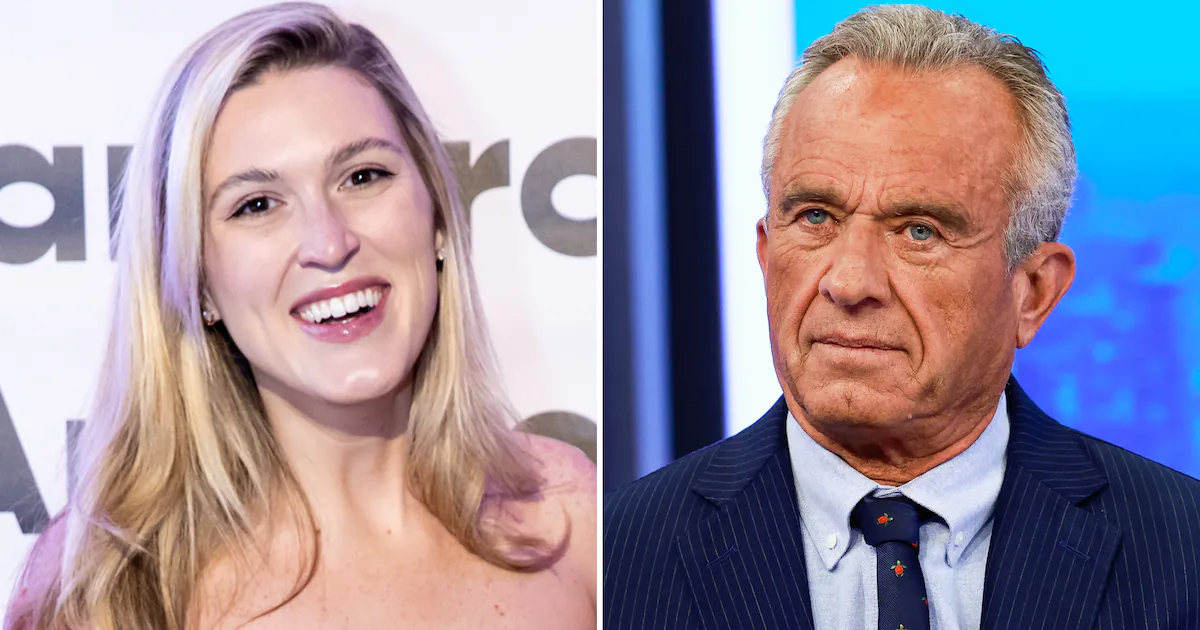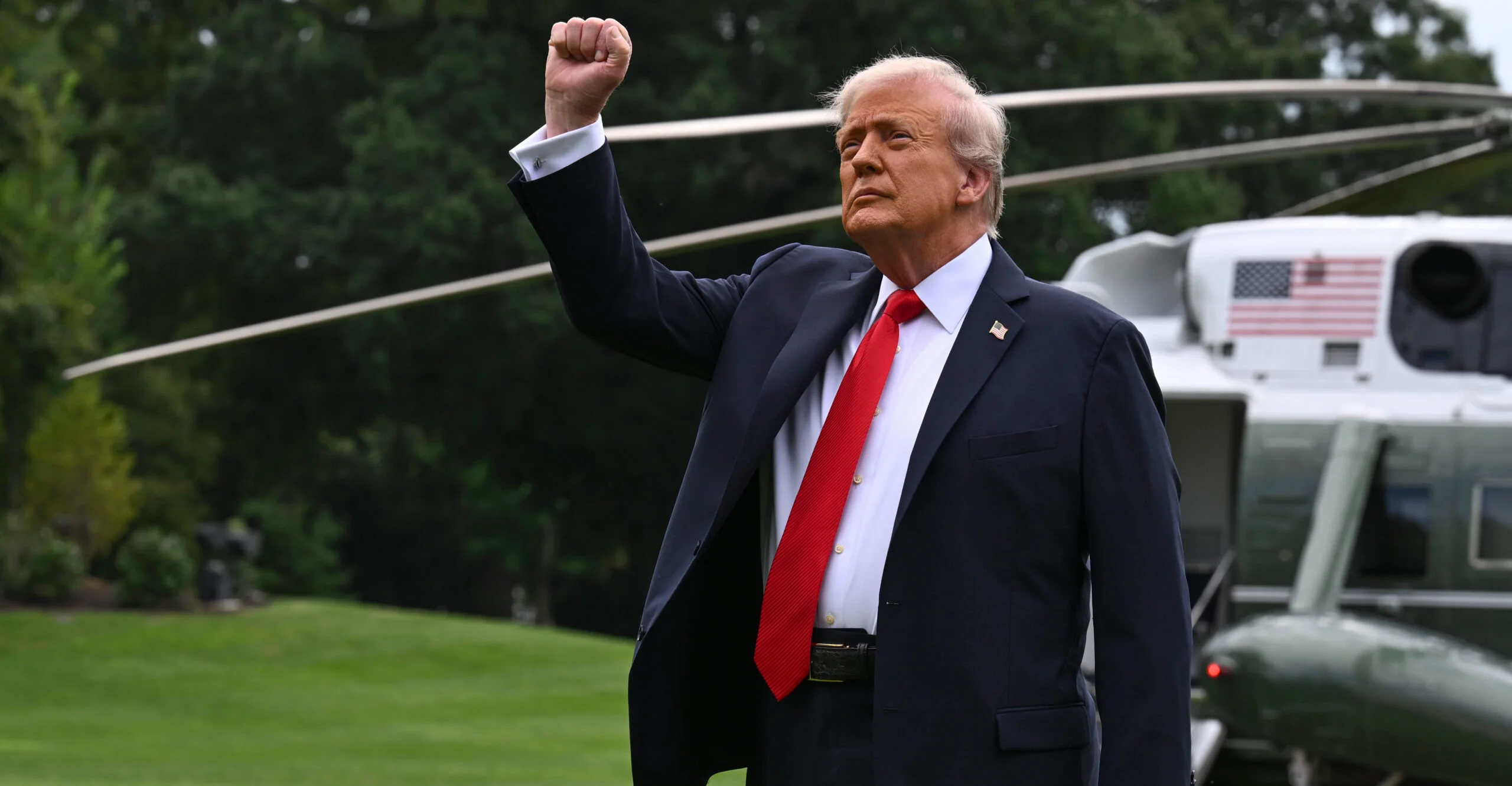
Last Friday, President Trump announced that every new H-1B visa application will carry a $100,000 fee. In practice, this will end the H-1B program and with it, a critical pipeline of health care workers the U.S. cannot afford to lose.
Although the new fee is written in neutral language, its impact is not. More than 70% of H-1B visas go to Indian nationals. In health care, Indian physicians make up one of the largest cohorts of international graduates and are disproportionately likely to serve in rural and underserved communities. By making sponsorship prohibitively expensive, the administration is effectively cutting off Indians from the workforce, making this policy about costs really a policy about exclusion.
Advertisement
I am an Indian American medical student, born and raised in the United States. My grandfather, a cardiologist, immigrated here in the 1970s during another period of severe doctor shortages. He and his peers filled critical gaps in hospitals across the Midwest and beyond, often working in communities where few American graduates were willing to go.
My family’s story is not unique. For decades, Indian doctors have been recruited to staff America’s hospitals, train in its residency programs, and provide care in underserved places.
U.S. health care does not just owe its staffing stability to Indian American physicians but much of its innovation as well. Harvinder Sahota invented the “Sahota perfusion balloon,” which changed angioplasty. Sanjeev Arora founded Project ECHO, a telementoring model that brought specialist expertise to rural clinics and has been replicated around the world. Ashutosh Tewari pioneered robotic prostatectomy techniques for urologic cancer surgery. Rakesh Jain, the Harvard cancer biologist who earned the National Medal of Science, revolutionized how we understand and treat tumors by mapping the role of the tumor microenvironment.
Advertisement
These are only four examples among many. Indian-born immigrant doctors in America have been pioneers, innovators, and lifesavers whose work has made medicine stronger and helped cement the United States as a global health care leader.
Nevertheless, we are experiencing an unprecedented wave of anti-Indian racism in the United States. You can see it in online spaces, where Indians are singled out with slurs or dismissed as “cheap labor.” But it is not confined to rhetoric. It has spilled over into real violence. For example, earlier this year in Florida, a 67-year-old Indian nurse was beaten so brutally by a patient that she suffered broken bones and brain bleeding. Afterward, he shouted that “Indians are bad” and boasted of attacking “an Indian doctor.” Anti-Indian racism is no longer background noise, but a present danger, even in health care, and policies like the H-1B fee change only legitimize and deepen that hostility.
The Association of American Medical Colleges currently projects a deficit of up to 86,000 physicians by 2036. International medical graduates remain central to filling that gap. They account for roughly a quarter of practicing U.S. doctors, and thousands begin residency each July on visas like the H-1B. Expecting hospitals to pay an extra $100,000 per trainee, especially when a resident’s salary might be barely $50,000, is simply untenable. For many programs, particularly those in rural or resource-constrained settings, the only choice will be to stop sponsoring these doctors altogether.
Raising wages for American-born physicians is not a real solution, because the pipeline for producing new doctors is rigid and it takes close to a decade from medical school to practice. Even if salaries rise, urban hospitals and wealthy systems will outcompete rural and safety-net hospitals, deepening existing inequities. And because higher compensation ultimately shows up in hospital budgets and insurance premiums, it is patients who will bear the cost.
Advertisement
Residency programs already struggling to recruit may see positions go unfilled, leaving hospitals understaffed. Rural systems that rely most heavily on international medical graduates will feel the brunt of these losses, exacerbating the inequities between urban centers and smaller communities. As the physician pipeline narrows, wages will climb to attract domestic graduates, driving health care costs even higher.
The impact will not be limited to patient care. Many H-1B holders are physician-scientists conducting clinical trials or leading research programs. Their absence would slow biomedical innovation and weaken America’s global leadership in medicine.
Medical associations, academic centers, and policymakers must not dismiss the H-1B change as a narrow immigration issue. It is a direct threat to the stability of the health care workforce. Courts may yet block the rule, and the administration has hinted at national interest waivers for doctors, but making lifesaving care contingent on fickle whims is no way to run a health system.
My grandfather often tells me how grateful he is to the health care systems of Cleveland, Ohio, for helping him live his American dream. He was welcomed here because the nation needed him and his fellow immigrant physicians. Today, we still need them, yet policies like the sudden new H-1B fee suggest they are disposable. But without Indian physicians, without international medical graduates, without the immigrant labor that sustains systems, America’s health care will falter. Killing the H-1B program in such a careless and unceremonious manner is far beyond bad policy: It is anti-immigrant, anti-Indian, and anti-patient.
Geeta Minocha is a lawyer, public finance expert, and M.D. candidate at Stanford Medicine.



